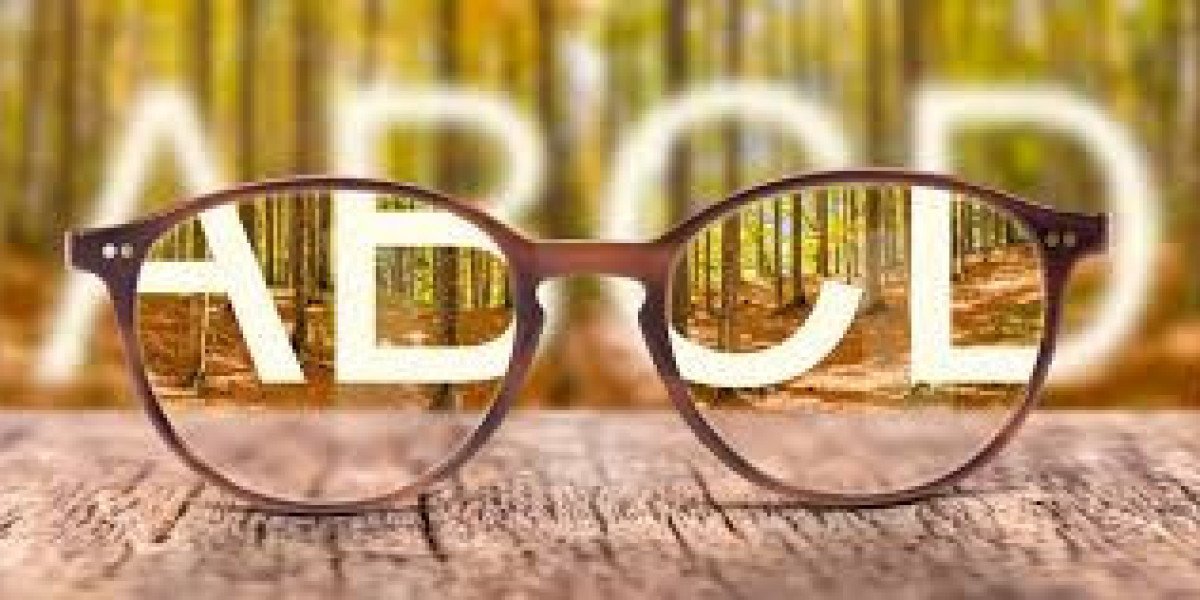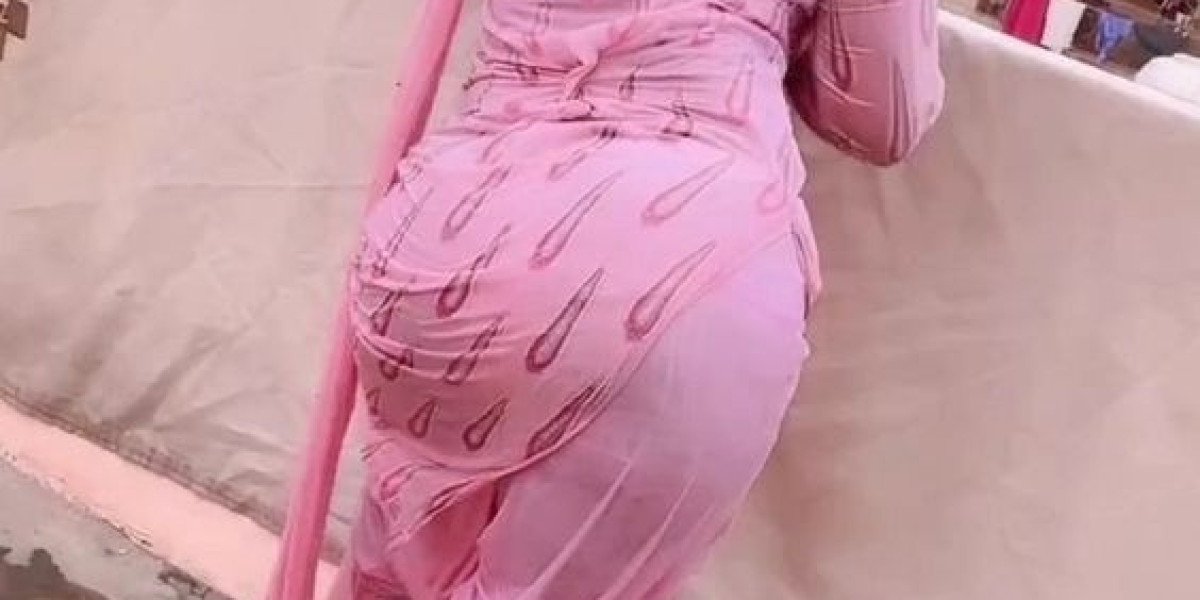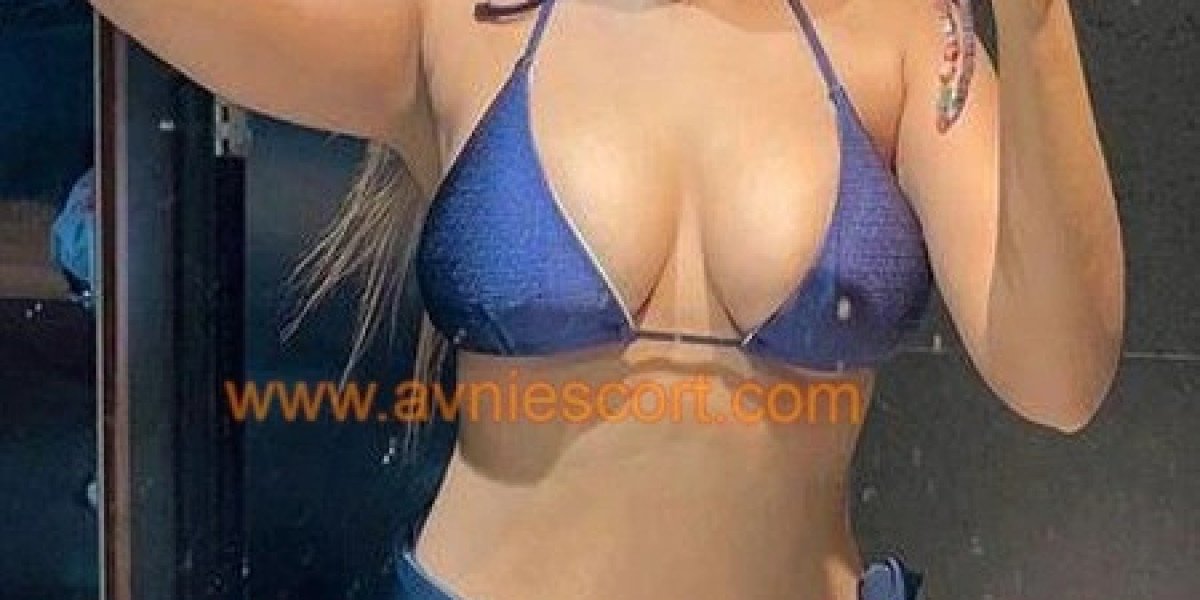The old man does not distinguish the book, with this mask is clear.
In fact, ancient people have known for a long time to use convex lenses to help reading. The Mojing, which was written in the Warring States Period, recorded many discussions about light and flat mirrors, convex lenses and concave lenses. In the Han Dynasty and the Wei and Jin dynasties of archaeological excavations have unearthed crystal lens, indicating that the ancient people in China in the Han Dynasty at the latest can use crystal processing and grinding with magnifying function of cheapest eyeglasses.
By the Song Dynasty, crystal lenses had been widely used in life. Shi Hang, a scholar in the reign of Renzong in the Northern Song Dynasty, was a fellow township and friend of Su Shi's father Su Xun. When he judged a case, he read the case file with a lens made of crystal. However, these lenses are not glasses as we know them, but a single lens without a frame, which is held in the hand like a magnifying glass.
As for the prototype of the "glasses" that people often say, it appeared in the Southern Song Dynasty. Zhang Zlie, a scholar in the late Ming and early Qing dynasties, explained in his book Zhengzi Tong that 叆叇 (ai dai) means glasses.
Zhao Xihu, a scholar in the Southern Song Dynasty, recorded in his book Dongtian Qinglu, "叆叇, old people cannot distinguish books, so they can see clearly when they cover their eyes."
In the early Ming Dynasty, many western glasses (叆叇) were introduced from the West, which were not cheap. In Ming Dynasty painter Qiu Ying's painting of the Scene of the Southern Capital, there is an old man wearing a pair of glasses, sitting at the door of a gold shop with a sign "exchanging gold beads". The glasses do not have two mirror legs hanging on the ears, but are directly clipped on the bridge of the nose.
By the late Ming Dynasty, people had fixed glasses by tying strings to the ends of the frames, and then hanging the strings on the ears or tying them to the head. This way of wearing glasses lasted until the middle of the Qing Dynasty.
In the late Ming Dynasty, China's local glasses manufacturing technology developed rapidly. The National Library of France has a "Suzhou Commercial Atlas of the City scene" drawn in the Qing Dynasty, which contains more than 30 Suzhou street scenes at the end of the Ming Dynasty, one of which appears in a "Yimei Zhai refined crystal glasses shop", which has a person matching glasses, which should be the earliest optician shop found at present. In the early Qing Dynasty, glasses entered the homes of ordinary people.









